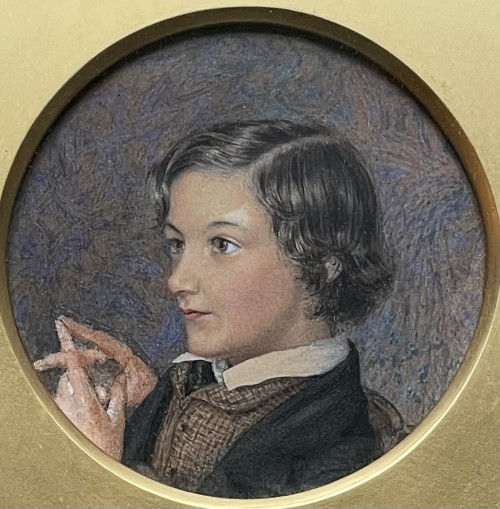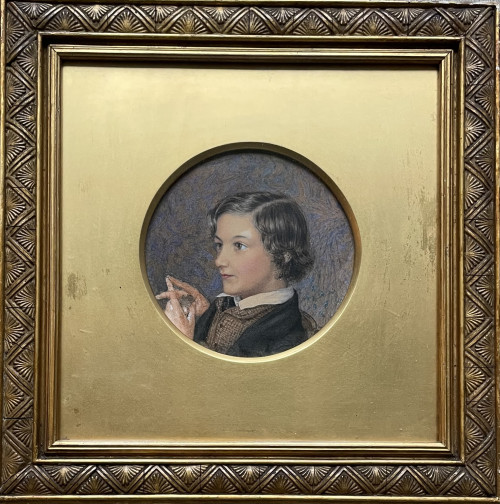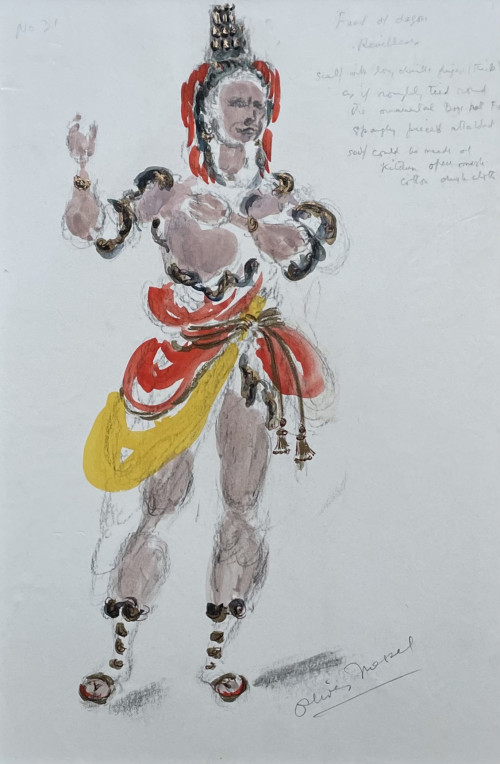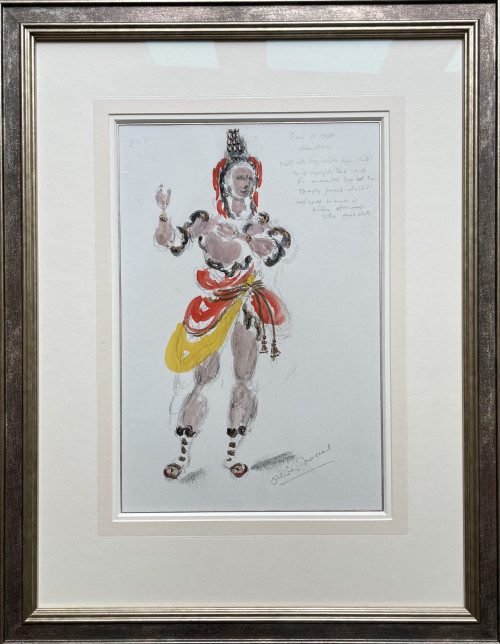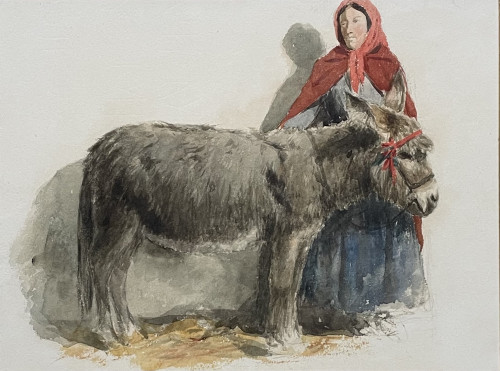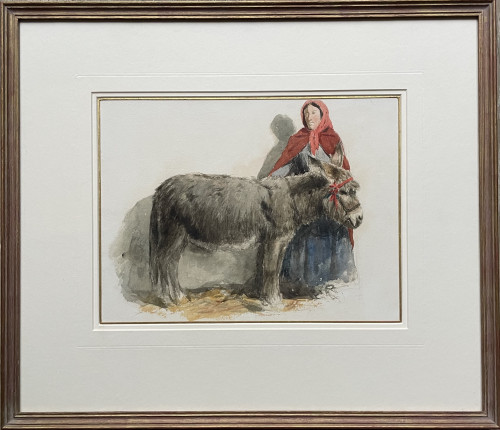- HOME
-
- View All Items
- New Arrivals
- Featured Items
- Artists
-
- View All
- Contemporary
- Birmingham School
- Cotswold Group
- Landscape
- Urban Townscape
- Abstract
- Animals/Birds
- Arts & Crafts
- British Impressionist
- Botanical
- Design/Industrial
- Fantasy/Fairy Subjects
- Female Artists
- Figurative
- Historical
- Illustration/Cartoon
- Marine
- Military/War Artist
- Modern British
- Pre-raphaelite/ Romantic/ Aesthetic
- Nude
- Portrait
- Prints
- Scottish
- Sculpture
- Sporting
- Still Life
- Theatrical
- Interiors/Architectural
-
ARCHIVE
Genre
- View All
- Contemporary
- Birmingham School
- Cotswold Group
- Landscape
- Urban Townscape
- Abstract
- Animals/Birds
- Arts & Crafts
- British Impressionist
- Botanical
- Design/Industrial
- Fantasy/Fairy Subjects
- Female Artists
- Figurative
- Historical
- Illustration/Cartoon
- Marine
- Military/War Artist
- Modern British
- Pre-raphaelite/ Romantic/ Aesthetic
- Nude
- Portrait
- Prints
- Scottish
- Sculpture
- Sporting
- Still Life
- Theatrical
- Interiors/Architectural
- ARTISTS
- Online Exhibitions
- Events
- About
- Contact
Ralph bought before the Lord of Utterbol
Ralph bought before the Lord of Utterbol
2636.AG2
ARTHUR JOSEPH GASKIN
Ralph bought before the Lord of Utterbol
Proof wood engraving Signed with initials within the plate Framed
Image size 8 by 6 cm.; 3 by 2 ½ in. (frame size 38.5 by 42 cm., 15 by 16 ½ in.) Private collection.
Gaskin was born in Birmingham, the son of a decorative artist. He was educated at Wolverhampton Grammar School and in 1883 entered the Birmingham School of Art where he met his lifelong friend Joseph Southall and Georgie Evelyn Cave France, who he was to marry in 1894. By 1885 he had become a teacher at Birmingham School of Art, initially painting in the Newlyn style, he came into contact with Burne-Jones and William Morris in the 1890s when his work took on the romantic tradition of the later Pre-Raphaelites. At this time he became greatly involved in book illustration, producing work for the Birmingham Group and for Morris’s Kelmscott Press. Encouraged by Southall he worked in tempera and studied the early Italian masters. As a painter he exhibited at the Royal Academy, New Gallery, Royal Birmingham Society of Artists and elsewhere. With his wife he gradually became more involved in design, working on metal-ware, jewellery and enamels and in1903 became Head Master of Birmingham’s Victoria Street School for Jewellers and Silversmiths. He lived in Chipping Campden for the later period of his life. An influential teacher, designer, illustrator and painter, he had an important and lasting influence on the Arts and Crafts movement and the work of Birmingham and Cotswold artists. A memorial exhibition of his work was held at the Birmingham Art Gallery in 1929.
The present proof wood-engraving was intended as an illustration for William Morris’s The Well at the World’s End (1896). Gaskin may have received the commission when he first visited Morris in 1892. Although Gaskin put a huge amount of time and energy into this important commission, producing about nineteen designs, they were eventually rejected by Morris in favour of designs by Burne-Jones. A group of seven other trial proofs for this publication are in the collection of the British Museum and twelve other cuts are represented in the collection the Pierpont Morgan Library. The Victoria and Albert Museum possesses a cancelled single sheet which includes the present illustration, text and the illustration of Ralph and the Minstrel arriving at the Lord Utterbol’s Camp
Thank you for your enquiry.
We will get back to you soon.
Please create wishlist to add this item to
RELATED ITEMS









